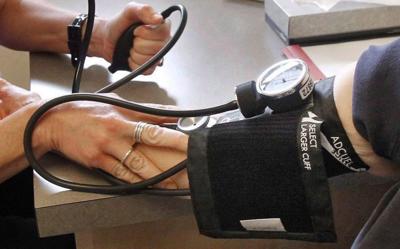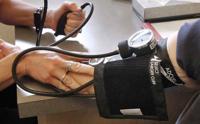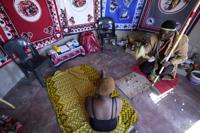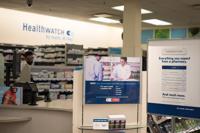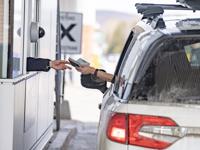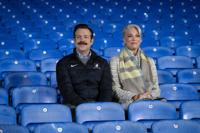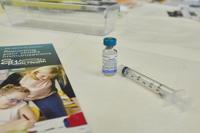Artificial intelligence combined with wearable technology has the potential to improve safety among people recovering from a stroke, suggests a study from researchers, including a team from Simon Fraser University in British Columbia.Â
Gustavo Balbinot, an assistant professor in neurorehabilitation, said the research opens doors for the development of new technologies in stroke rehabilitation.
The findings are also applicable for people at risk of falling due to balance challenges that aren't related to stroke, such as vertigo or spinal injury, he said in an interview.Â
The study published in the peer-reviewed journal Clinical Rehabilitation used sensors to monitor more than 50 stroke survivors as they performed mobility tasks.Â
Researchers then used the data to generate movement patterns.Â
"You can think about when you throw a rock into the river, you see those little waves," Balbinot explained. "We can get those frequencies of the movement."
The analysis found those recovering from a stroke generally had smoother movements, suggesting a more cautious approach compared with a control group. Those healthy participants exhibited faster, more "jerky" movements, Balbinot said.
Balbinot's team has developed software that breaks the movement patterns down into three-second windows, allowing it to detect changes that could indicate a risk of falling – a potentially serious setback for someone recovering from stroke.
"The software is the magic here," said Balbinot, who leads the Movement Neurorehabilitation and Neurorepair laboratory at the B.C. university.
"So, every three seconds, the software can detect, is it too wavy, is (it) oscillating a lot," he said of a person's movement pattern.
The software is a step toward Balbinot's goal of seeing it integrated into wearable technology, such as smart watches, to help people avoid dangerous falls.
In the event the software detected a change, he said the user would then receive a warning informing them of potentially unstable or risky movement.
"People may engage with dangerous movements, and they are not aware, and then eventually they fall," Balbinot said.
He said the real-time monitoring every three seconds is key to sending a message encouraging the user to perhaps slow down and avoid taking risks.
"The software can say, 'Hey, it's dangerous what you're doing here,' so maybe it's just sitting down for a while."
Balbinot said the predictions of fall risk would become more "assertive" as the software gathers data over time.
"The algorithm learns with the person," he said. "With machine learning, we can really make the software learn what's good or bad for each person."
The sensors worn by participants monitor speed and orientation, said Balbinot, adding technology has advanced to the point that such monitoring tools may be embedded in the user's clothing.
The study notes clinicians would benefit from easy-to-interpret mobility data allowing them to help make informed decisions about patient care.
"Incorporating machine learning algorithms could help personalize rehabilitation strategies by identifying individual movement patterns and predicting safety risks based on each patient's unique needs," the study concludes.
"To bridge this gap, further studies focused on the long-term usability of these devices in clinical settings and their effectiveness in diverse patient populations will be essential," it adds.
This report by ºÚÁϳԹÏÍø was first published April 12, 2025.

